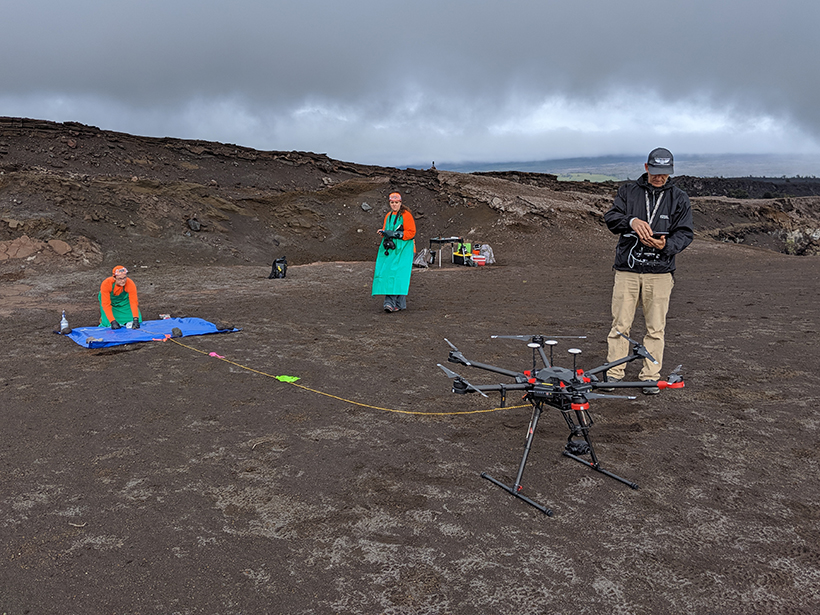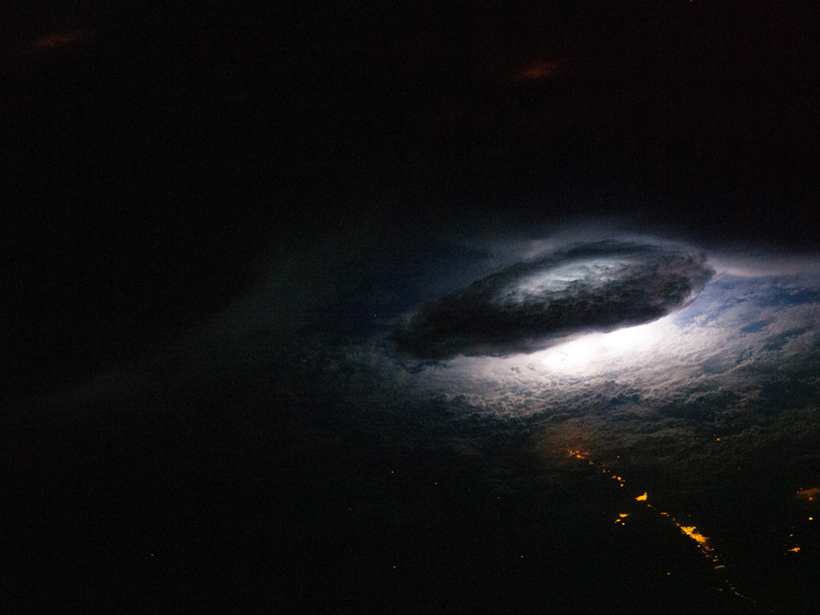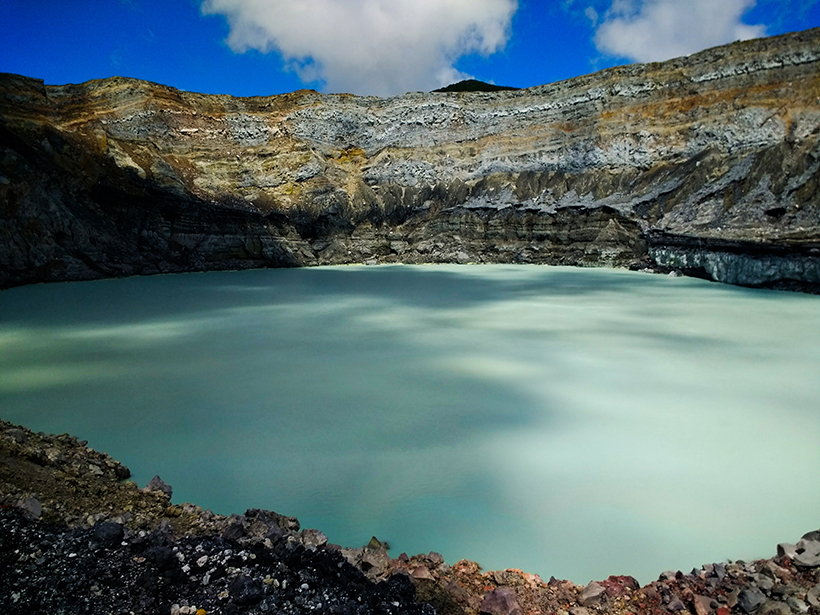Insights from Earth and space sciences are valuable for addressing the current global health emergency, and such societal challenges are best addressed by integrated and interdisciplinary research.
transdisciplinary science
NSF Plots a Course for the Next Decade of Earth Sciences Research
Committee members who put together the new report Earth in Time describe this as an “all hands on deck” moment for the field.
Studying Earth’s Double Electrical Heartbeat
Charged by thunderstorms and other weather phenomena, the global electrical circuit connects the entire planet.
Geoscientists Help Map the Pandemic
Data visualization and mapping are valuable tools in the fight against COVID-19. Geoscientists can help healthcare workers and shape public policy.
A New Global Map of Seafloor Fluid Expulsion Anomalies
The first open-source database of SEAfloor FLuid Expulsion Anomalies (SEAFLEASs) at a global scale reveals their distribution and physical parameters.
Predicting Fast Moving Flash Droughts
A cross-disciplinary consortium of scientists works to monitor droughts that develop in as little as 2 weeks—whose frequencies are predicted to increase with climate change.
Microbial Influences on Subduction Zone Carbon Cycling
An innovative collaboration is investigating how geobiological processes alter fluxes of carbon and other materials between the deep Earth and the surface.
Science Gets Up to Speed on Dry Rivers
Nonperennial rivers are a major—and growing—part of the global river network. New research and science-based policies are needed to ensure the sustainability of these long-overlooked waterways.
Ocean Science Decade Calls Attention to a Wave of Concerns
The United Nations Decade of Ocean Science for Sustainable Development is a wake-up call and a motivation to manage the ocean sustainably.
Momentum Grows for Mapping the Seafloor
Initiatives like the Nippon Foundation-GEBCO Seabed 2030 Project can help us better understand the ocean.










